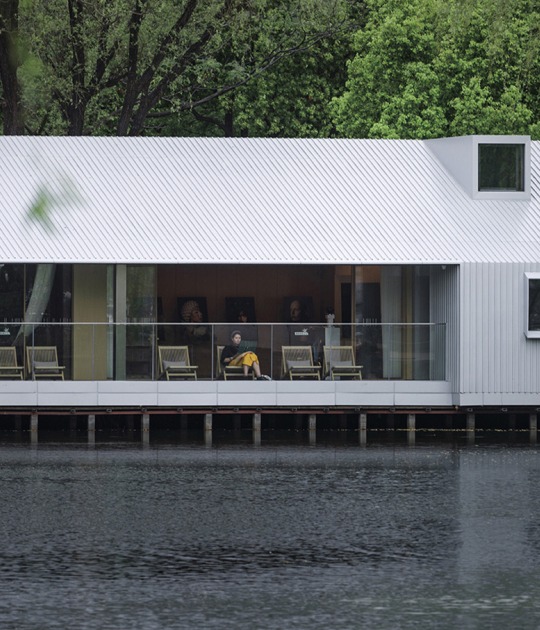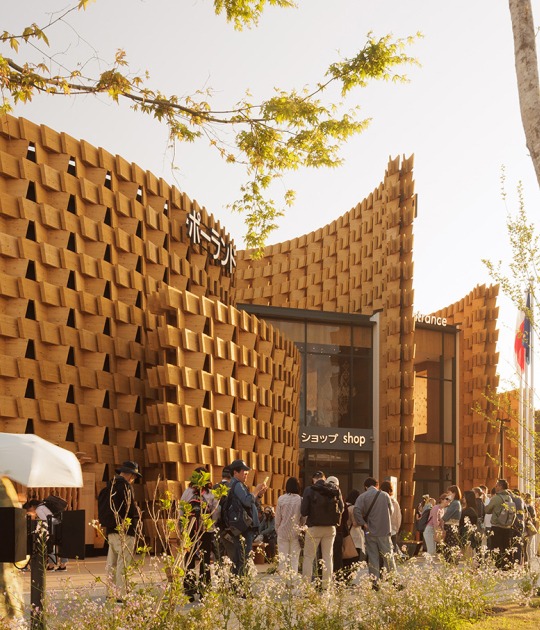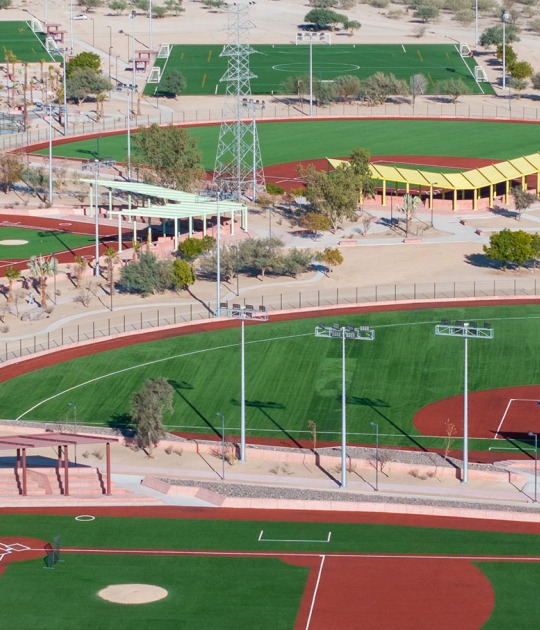PAST tells how his beginnings were, what led him to study this profession, anecdotes and some of his first commissions. He also questions the conditions that allowed him to take his company to be among the most recognized internationally.
Fabrizio Barozzi: “Since the very beginning, when I was a child, I wanted to be an architect, really. So since then, I was very interested and loved architecture - well, not architecture - buildings or something. For me, studying architecture was a very easy, natural decision. I remember that the first time I ever had contact with contemporary architecture and started to realise what it was was when I saw Villa Malaparte by Adalberto Libera. Basically, it was because Libera was born in the same town as me. He was born very close to my house and so I heard people speaking about this architect who was born very close to me but I had no idea who he was and this architect made this wonderful, incredible building in Capri - that is Villa Malaparte. So I have very clear memories of this first image that I said, ‘Wow, this was made by a guy born close to me.’ And I think in a way it was the first image that I saw - just because of the proximity in the town - which marked my future career and I realised that I wanted to do something similar”.
PRESENT helps us understand how your studio works and how it has grown over time. In this way we can come to understand the reasons for your success.
FB: “In our work, we try to find a balance or an equilibrium between doing something specific for a place but at the same time, we try to create an autonomous or independent object. I think that this dichotomy that is at the base of our work, this idea to find this balance between these two opposite concepts comes from our biography. In the first years, our first project tried to be linked more to the context, it tried to work in continuity with something. In the more recent projects, they try to be more autonomous, creating some kind of an absolute object. And I think that this move in these two concepts is something that explains the evolution of our practice. I think that these two elements - of working in the specificity of the context and place and create something that is able to preserve the autonomy of the form - are the two extreme, opposite conditions in which we work”.
FUTURE seeks to debate today's and tomorrow's issues. Each architect discusses a series of key concepts that represent his approach and seek to inspire new generations.
FB: “It’s very difficult to address a message. But I think that to be an architect is an amazing profession, it’s something I loved seeing when I was a child. But in order to continue working and to be an architect, it’s quite difficult, a really hard profession. So I think the most important thing is to be optimistic with what will happen in the future and also to be patient and constant. Architecture is something that is linked with a long time in order to see a building finish, you may have to wait 8 or 10 years, so you need to control the time and to be patient and to be constant and for sure, optimistic, if not, it is very difficult to work in this beautiful profession”.





































































